Plexiglass tubes are a type of plastic tubing that are used in a wide range of applications, from construction to scientific research. They are made from a material called polymethyl methacrylate, also known as PMMA or acrylic, which is a transparent thermoplastic that can be molded into various shapes. Read More…
A leading manufacturer and fabricator of flexible plastic tubing and hose, we produce and stock large quantities of a wide variety of materials, including PVC, polyurethane, silicone, nylon and many more.
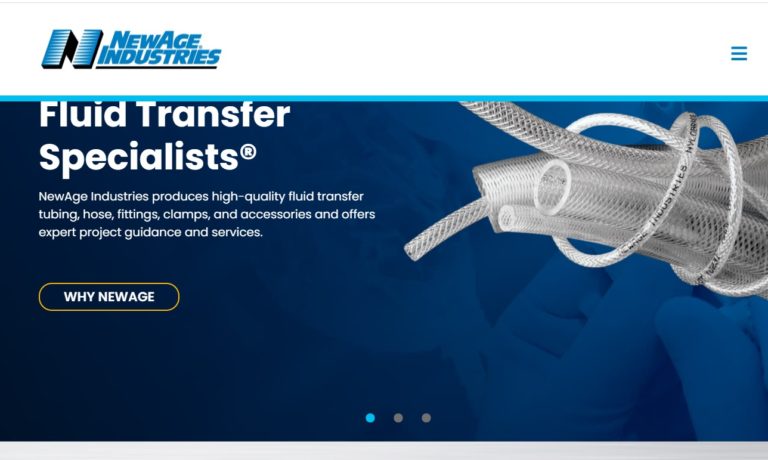
At Absolute Custom Extrusions, we specialize in plastic tubing, while providing custom plastic extrusions and profiles. Products include distributor tubes, hot or cold water tubes, automotive tubing, medical tubing, shipping tubes and golf club tubes.
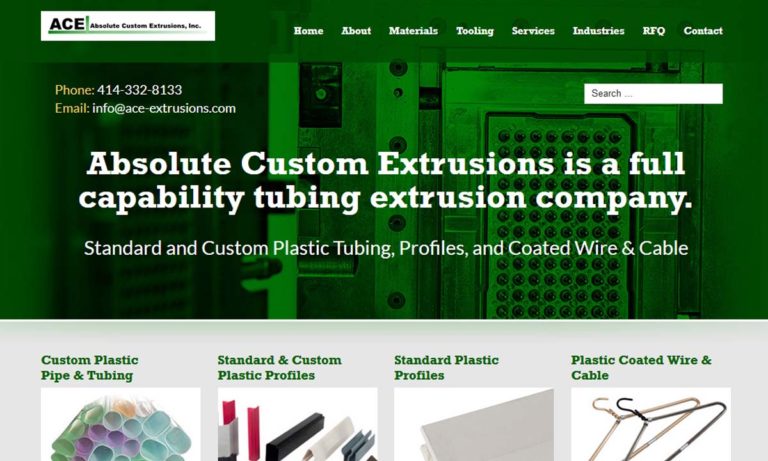
Petro specializes in plastic tubing, offering custom extruded tubing, coiling & angle cutting. Our clear & color plastic tubing is available in Polycarbonate, Acrylic & PE-PP-Nylon.

We are a leading custom extruder of plastic shrink tubing, flexible as well as rigid tubing and profiles. Pexco offers tubing in a wide range of standard and custom colors in a multitude of material options like Polysulfone, PVC, polyurethane, nylon and more. We use state-of-the-art machinery and perform secondary operations on site, such as drilling, slotting, notching, etc. Pexco is ISO 9001...
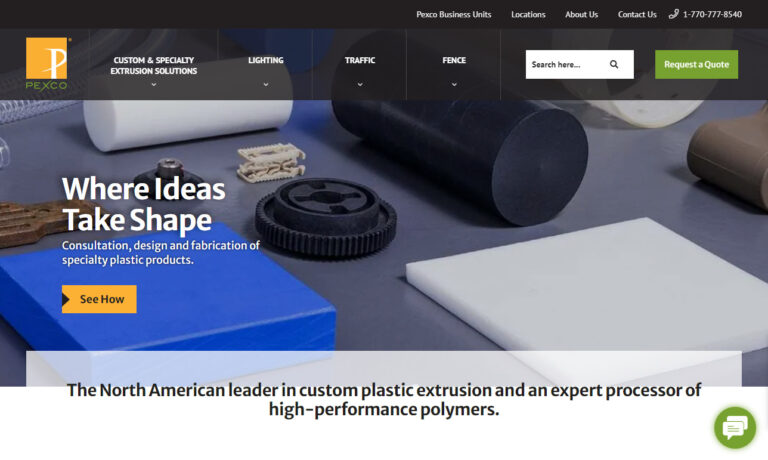
United States Plastic Corp. manufactures and distributes some 25,000 plastic items serving over 85,000 clients operating in a factory five acres under roof. Our major product is manufacturing plastic tanks, the distribution of bottles, carboy and plastic containers. This also includes plastic sheet, rods, tubes, flexible tubing and thousands of plastic fittings.
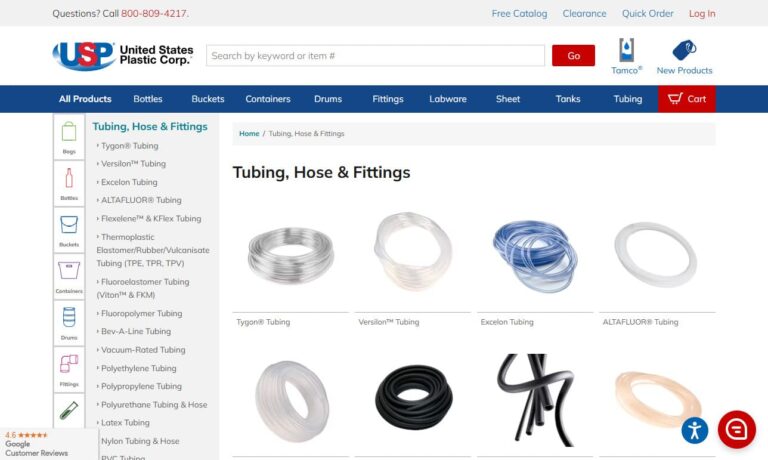
GSH is a manufacturer of plastic, extruded, nylon, polycarbonate and polyethylene tubing. We serve a variety of industries with our products, including automotive, consumer, electrical and marine.
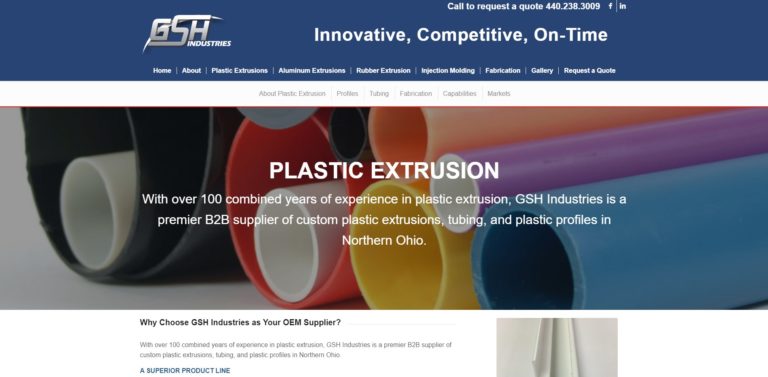
When you choose Plastic Extrusion Technologies, you can rest assured that your custom plastic tubing requirements will be met with precision and excellence. We take pride in being a leader in the custom plastic extrusion industry, consistently striving to exceed your expectations and deliver the solutions you need.

If you are in search of quality plastic tubing then you have found the company that can meet your needs. We have a wide variety of stock plastic tubing items and our solutions are very reliable.
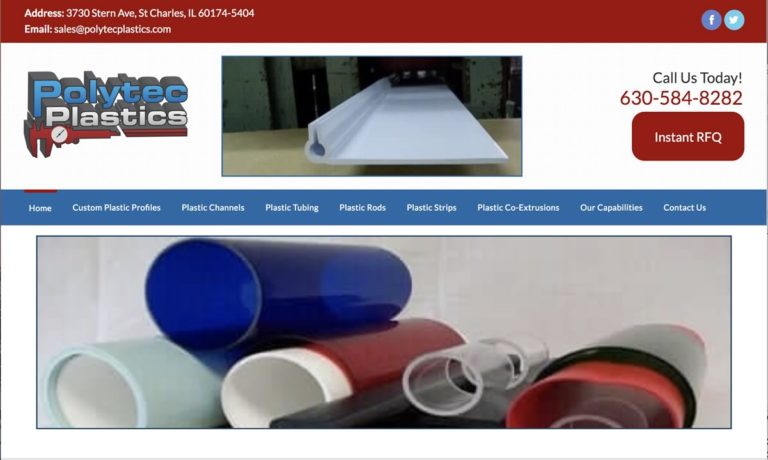
More Plexiglass Tube Manufacturers
Plexiglass was first developed in the 1930s by the Rohm and Haas Company, which later became part of Dow Chemical. The material was originally used as a shatterproof alternative to glass in aircraft windshields and canopies during World War II. After the war, plexiglass became popular in a variety of commercial and industrial applications, including architecture, automotive parts, and consumer products.

Construction of Plexiglass Tubes
Plexiglass tubes can be produced in a variety of diameters and wall thicknesses to meet different requirements. Although plexiglass tubes may be constructed through several processes including casting, injection molding, vacuum forming, and CNC machining, most plexiglass tubes are typically manufactured using a process called extrusion. Here are the basic steps involved:
Preparation: The first step in the extrusion process is to prepare the raw material, which in the case of plexiglass tubes is polymethyl methacrylate (PMMA) resin. The resin is typically in the form of small pellets, which are loaded into a hopper.
Melting: The resin pellets are then melted in an extruder, which is a machine that heats and mixes the resin to create a homogeneous mass. The extruder typically consists of a barrel with a screw that rotates and pushes the resin through the machine.
Shaping: Once the resin is melted, it is pushed through a die, which is a specially designed metal plate with a hole or series of holes that shapes the plastic into a tube. The shape of the die determines the size and thickness of the tube, and can be customized to create tubes with different diameters, wall thicknesses, and shapes.
Cooling: The tube is then cooled as it exits the die, typically using a water bath or air cooling system. This helps to solidify the plastic and prevent it from deforming or losing its shape.
Cutting and Finishing: Once the tube has been cooled, it is cut to the desired length using a saw or other cutting tool. The ends of the tube may be polished or finished to smooth out any rough edges or imperfections.

Competition and Shortcomings of Plexiglass Tubes
Plexiglass tubes are often used as a substitute for glass tubes or metal tubes, which can be heavier and more fragile. However, plexiglass tubes may not be suitable for applications that require extreme heat resistance or chemical resistance, as they can become brittle or discolored over time. They are also susceptible to scratching and yellowing, which can detract from their clarity.
Advantages of Plexiglass Tubes
Despite their limitations, plexiglass tubes offer several advantages over other materials. They are lightweight, durable, and easy to fabricate, making them a cost-effective choice for many applications. They are also resistant to shattering, which makes them a safer alternative to glass in certain environments. Additionally, plexiglass tubes can be easily cleaned and maintained, and they are less likely to break during transportation or installation.
Grades of Plexiglass Tubes
There are different grades of plexiglass tubes available, and the selection of a particular grade will depend on the specific application and performance requirements. One common grade of plexiglass tube is extruded acrylic tubing, which is a low-cost option that is widely used in various applications. Extruded acrylic tubing is lightweight, easy to fabricate, and has good optical properties, making it a popular choice for applications that require transparency or optical clarity. Another grade of plexiglass tube is cast acrylic tubing, which is made through a casting process that results in a higher quality product with improved surface finish and optical clarity compared to extruded acrylic tubing. Cast acrylic tubing is also more expensive than extruded acrylic tubing, but its superior quality makes it a preferred option for applications that require high optical clarity or precision machining.
In addition to extruded and cast acrylic tubing, there are also specialized grades of plexiglass tubes available for specific applications. For example, there are impact-resistant plexiglass tubes, UV-resistant plexiglass tubes, and flame-retardant plexiglass tubes. Each of these grades has specific performance characteristics that make them suitable for particular applications.
It is important to select the appropriate grade of plexiglass tube for your specific application to ensure optimal performance and longevity of the product. Your supplier or manufacturer can provide guidance on which grade of plexiglass tube is best suited for your particular application.
Applications of Plexiglass Tubes
Plexiglass tubes are used in a variety of industries and applications, including:
Aquariums and aquatic displays: Plexiglass tubes are used to create curved and circular aquariums that provide unobstructed views of marine life.
Lighting fixtures: Plexiglass tubes can be used as diffusers in lighting fixtures, allowing light to pass through while minimizing glare.
Scientific research: Plexiglass tubes are used in laboratory equipment such as chromatography columns and reaction vessels, as well as in medical devices such as syringe barrels.

Art and design: Plexiglass tubes are popular in art and design projects, where their transparency and versatility can be used to create unique installations and sculptures.
Construction: Plexiglass tubes can be used in architectural features such as skylights, canopies, and façades, as well as in outdoor advertising and signage.
The Future and Plexiglass Tubes
Based on current trends and as technology continues to advance, plexiglass tubes are likely to play an increasingly important role in a wide range of industries and applications. For example, as the demand for sustainable and energy-efficient building materials increases, plexiglass tubes may be used more frequently in the construction of skylights, canopies, and other architectural features. In addition, as the use of automation and robotics increases in manufacturing and scientific research, plexiglass tubes may be used in the development of new equipment and devices. Overall, the versatility and unique properties of plexiglass tubes make them a valuable material in many fields, and their potential for future applications is likely to continue to grow.
Choosing the Right Plexiglass Tube Manufacturer
To ensure you have the most beneficial outcome when purchasing plexiglass tubes from a plexiglass tube manufacturer, it is important to compare several companies using our directory of plexiglass tube manufacturers. Each plexiglass tube manufacturer has a business profile page highlighting their areas of experience and capabilities, along with a contact form to communicate with the manufacturer for more information or request a quote. Review each plexiglass tube business website using our patented website previewer to quickly learn what each company specializes in. Then, use our simple RFQ form to contact multiple plexiglass tube companies with the same form.

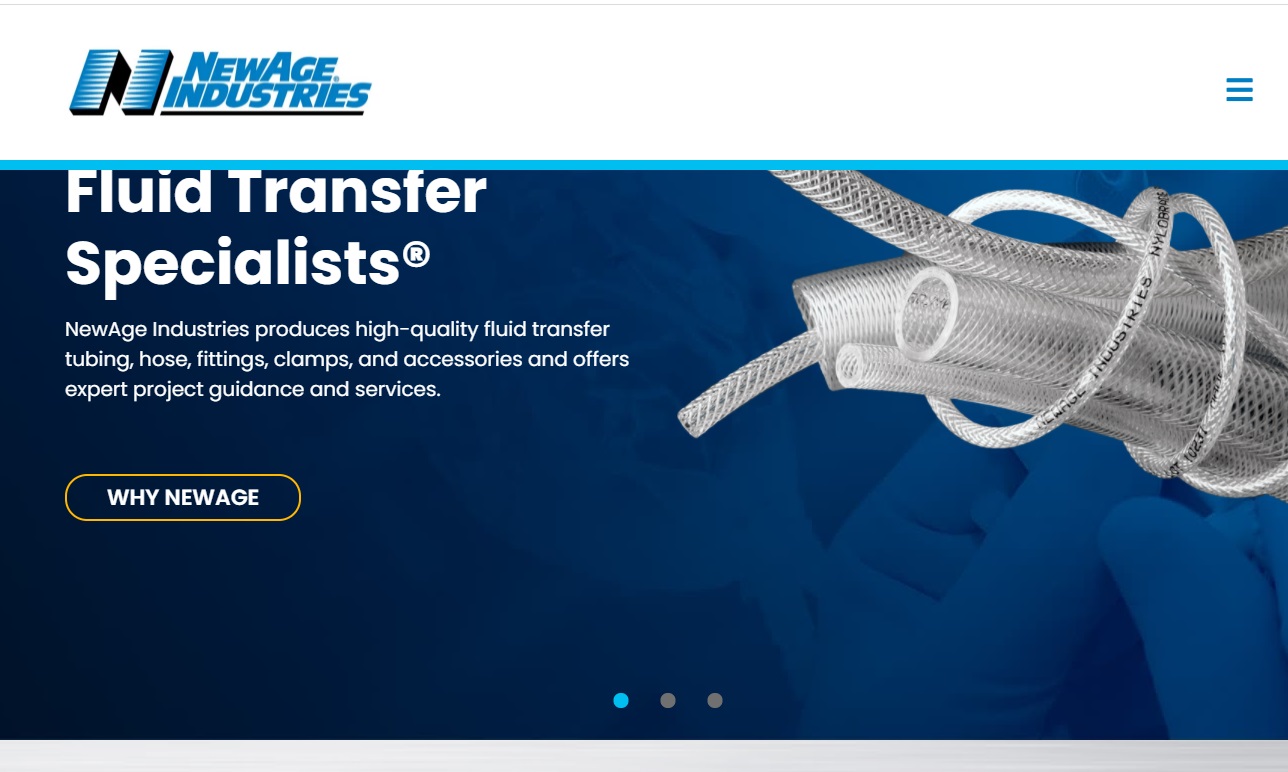
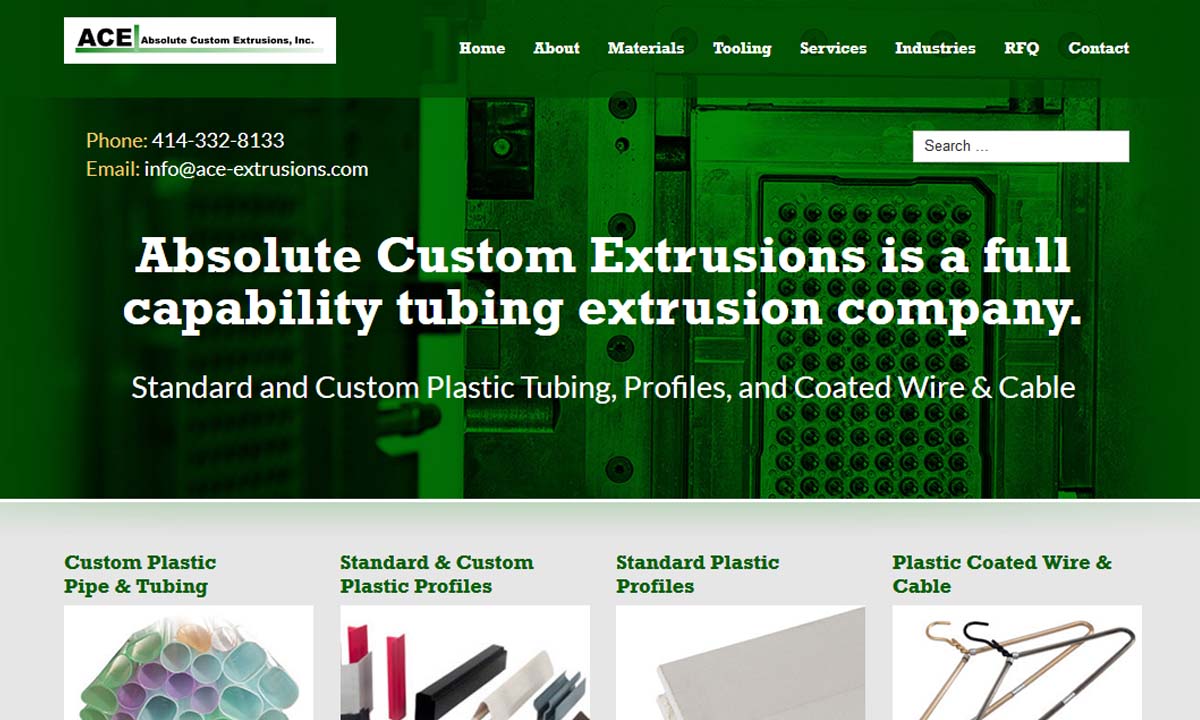
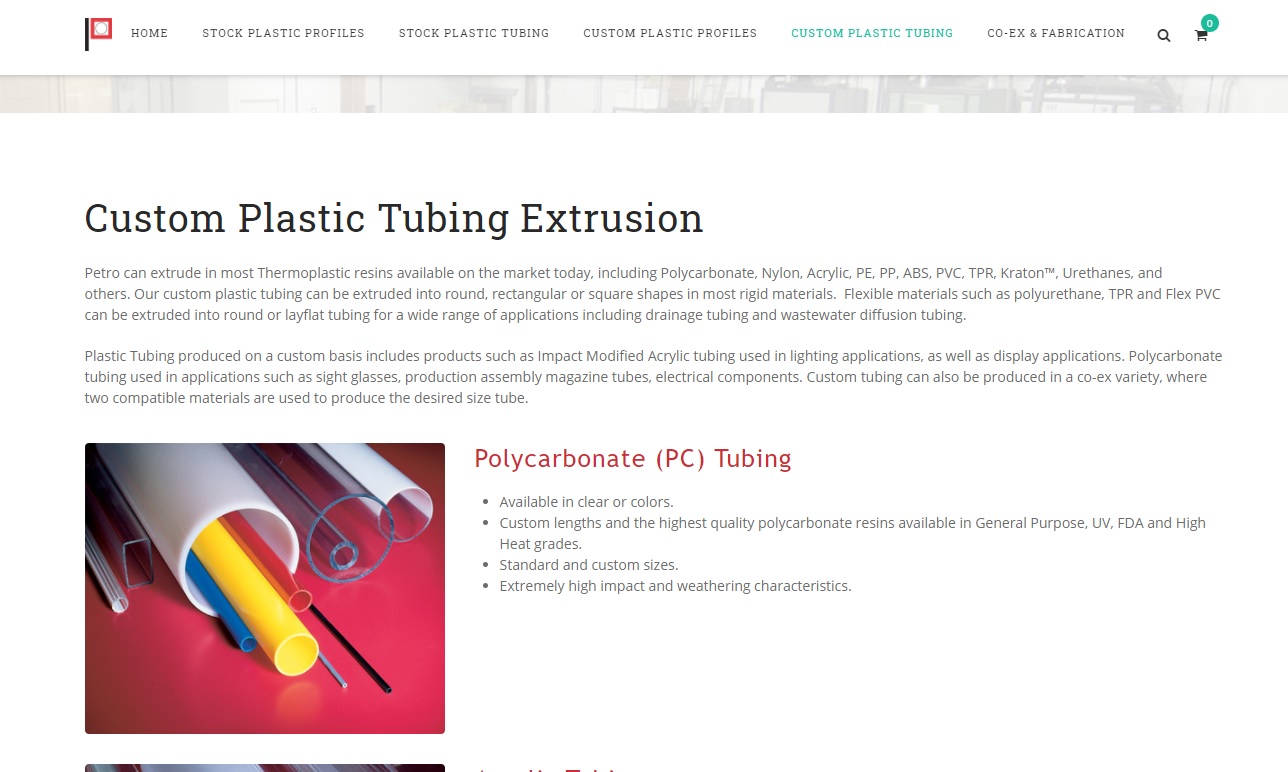

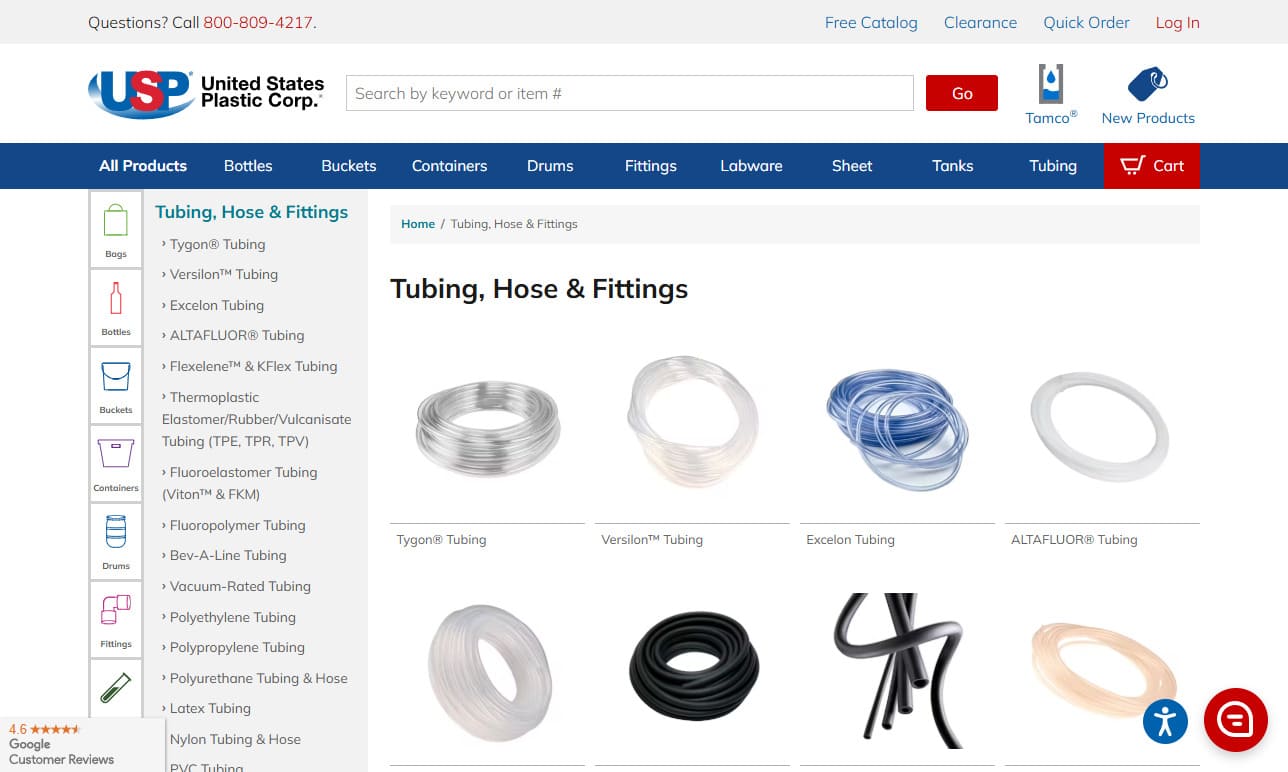



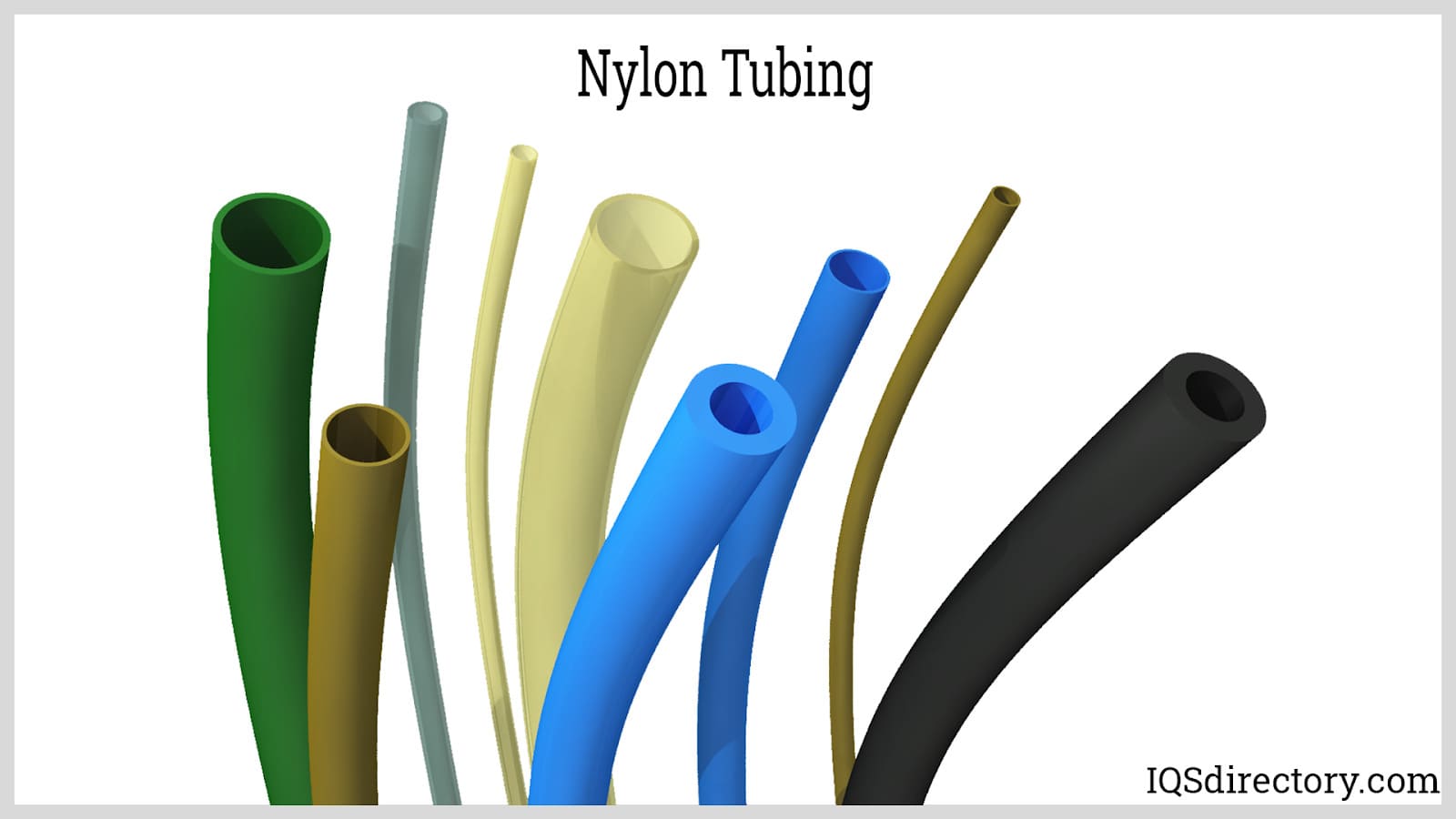
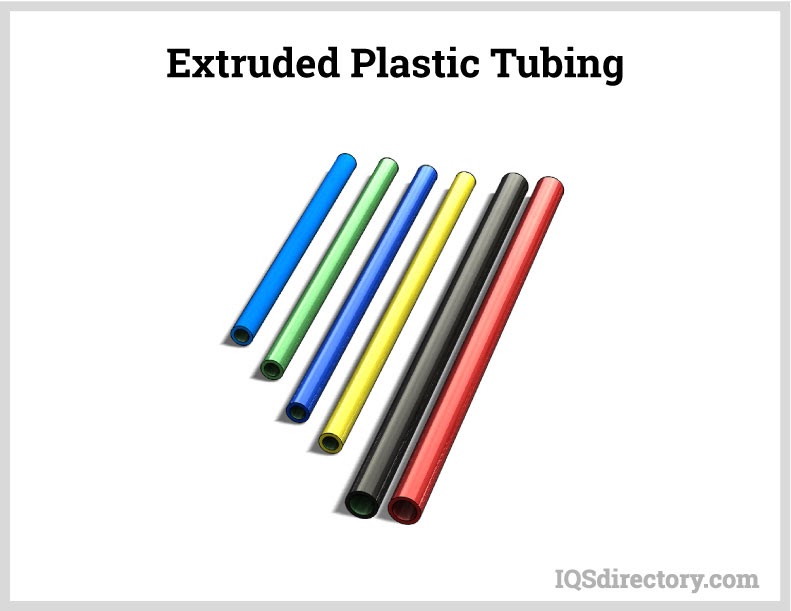
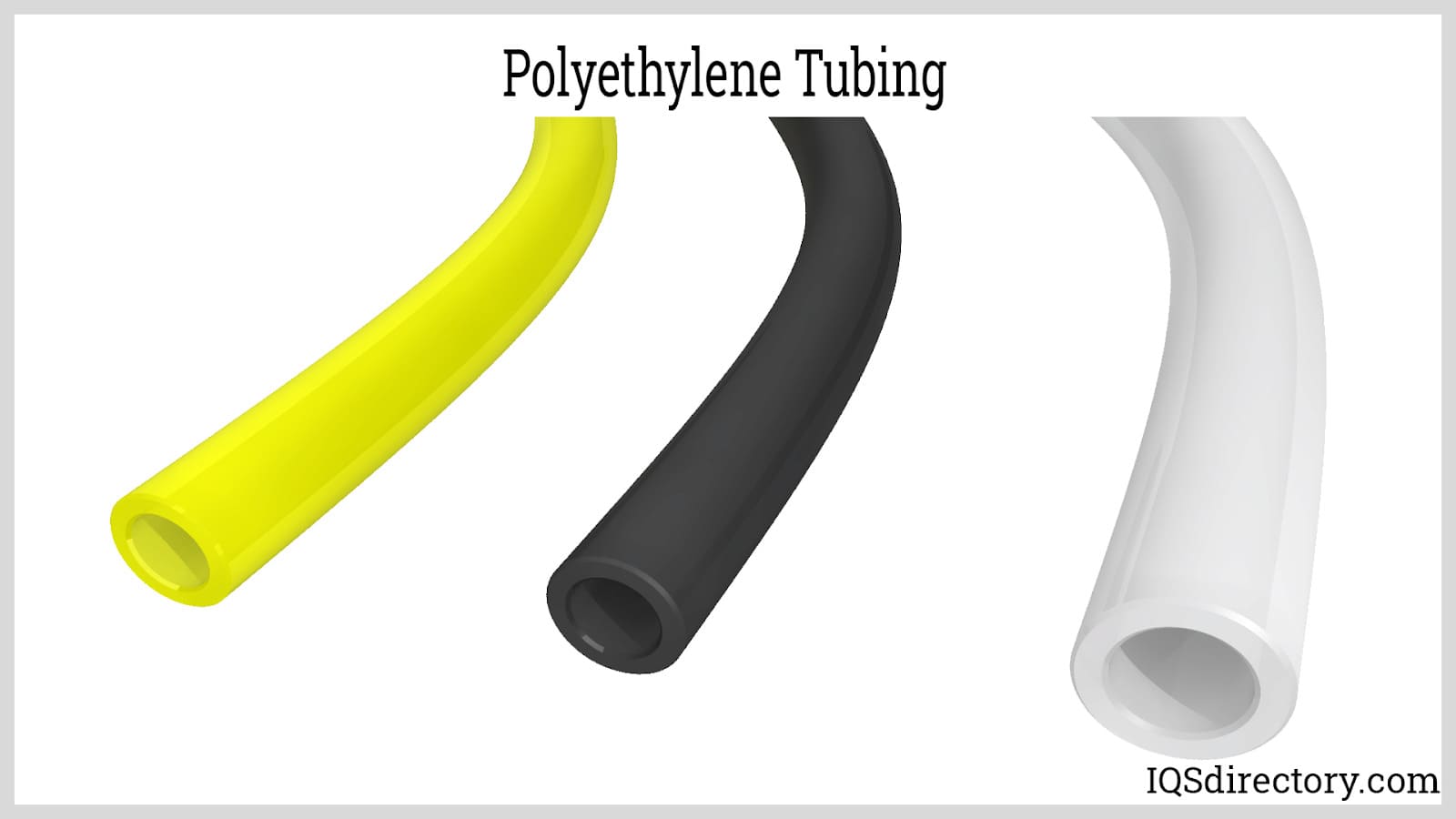
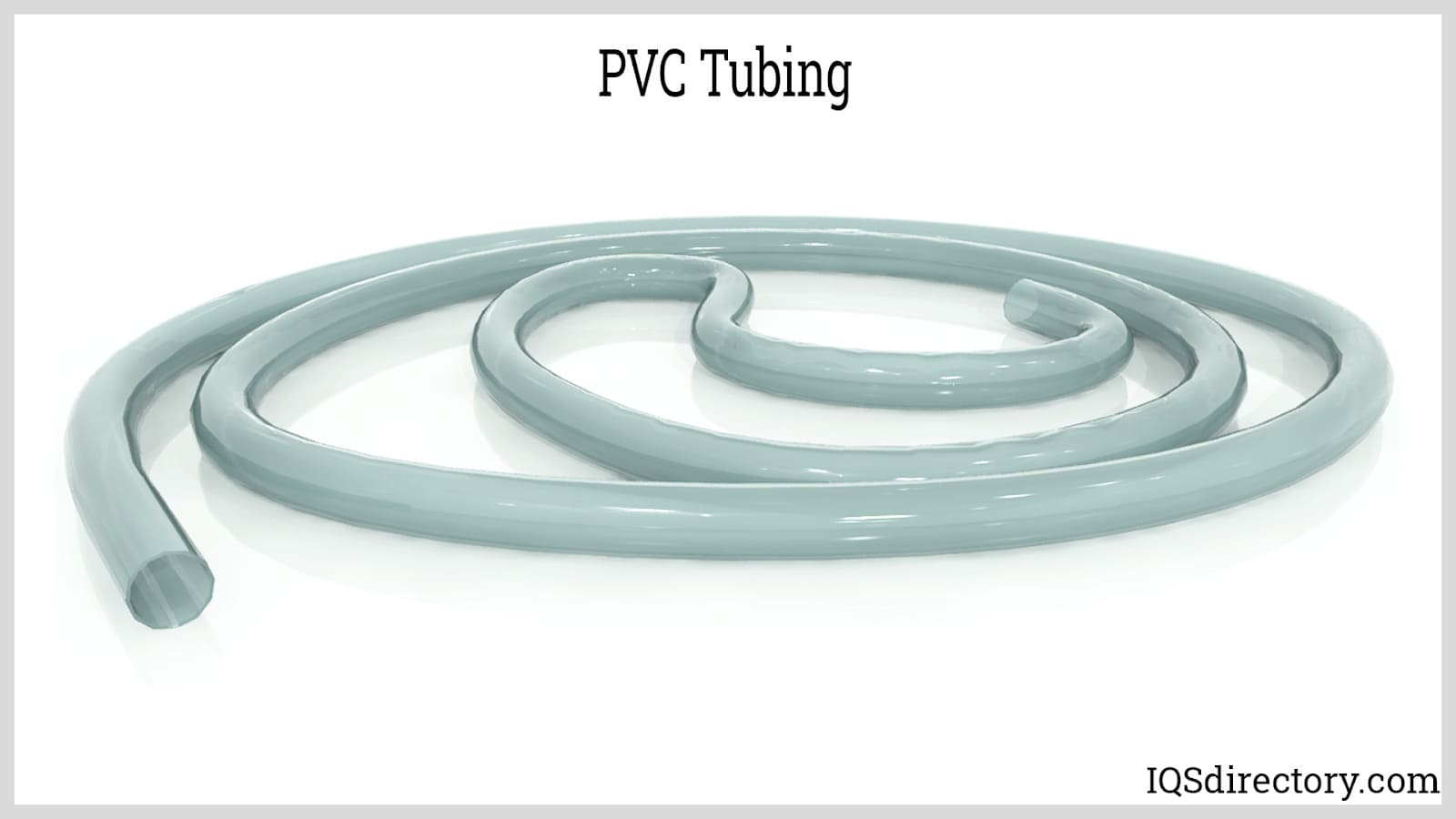
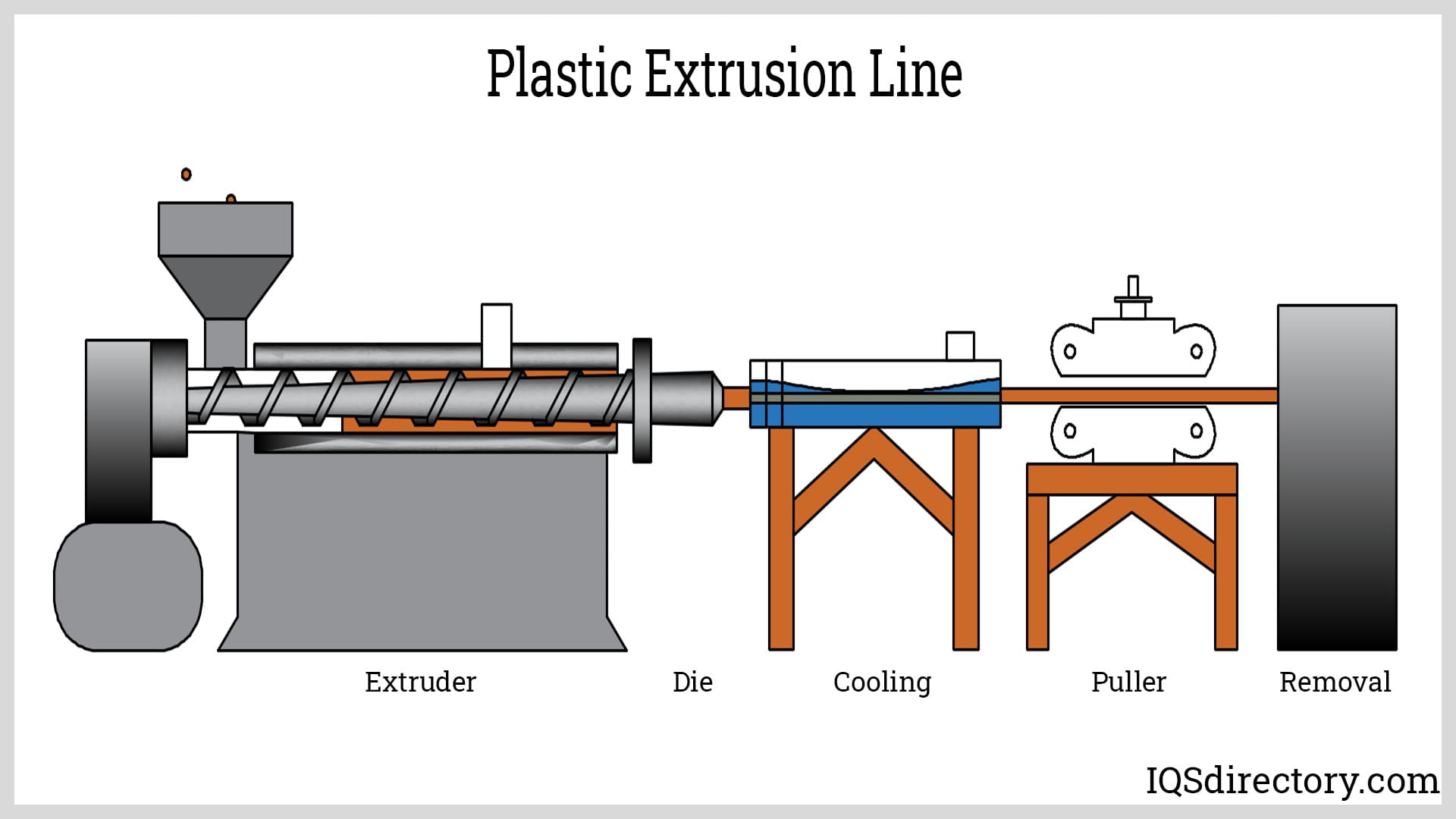
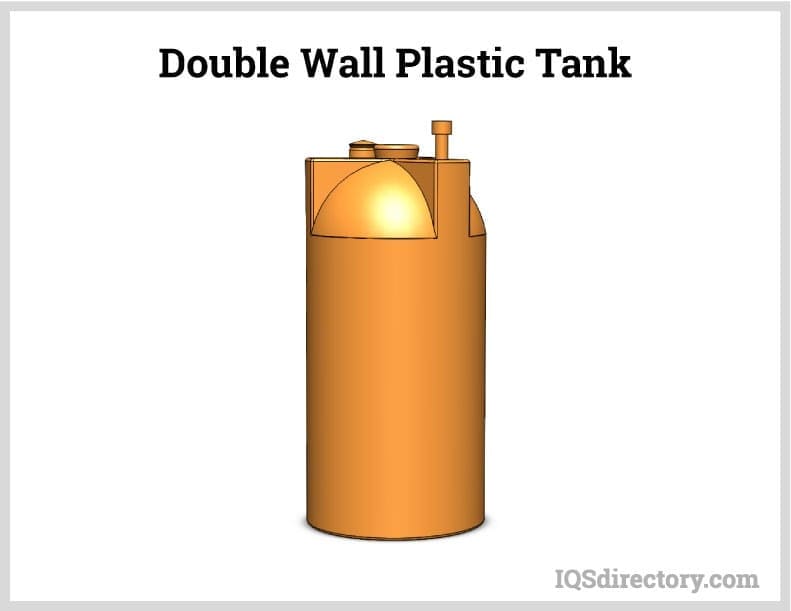
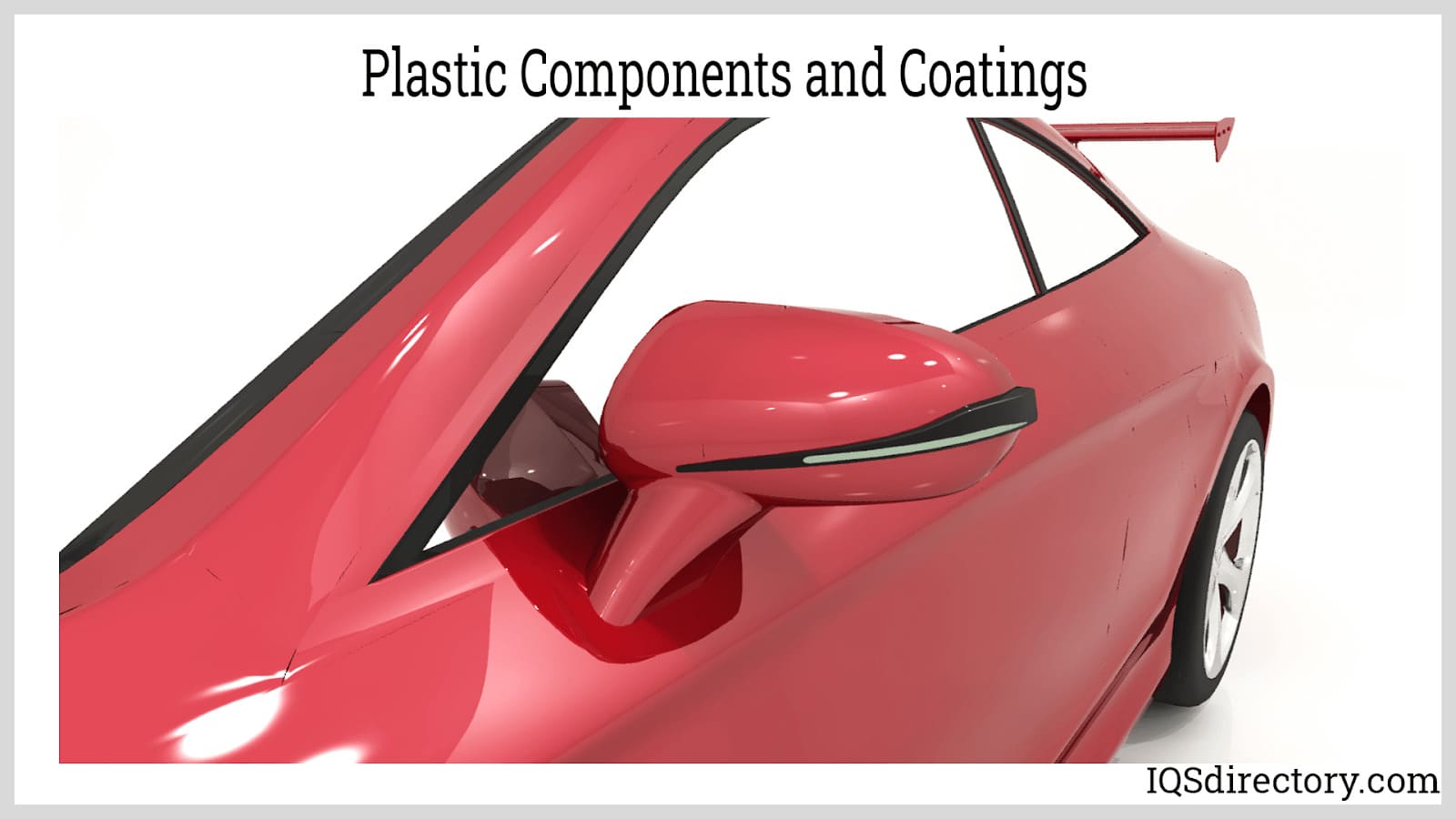
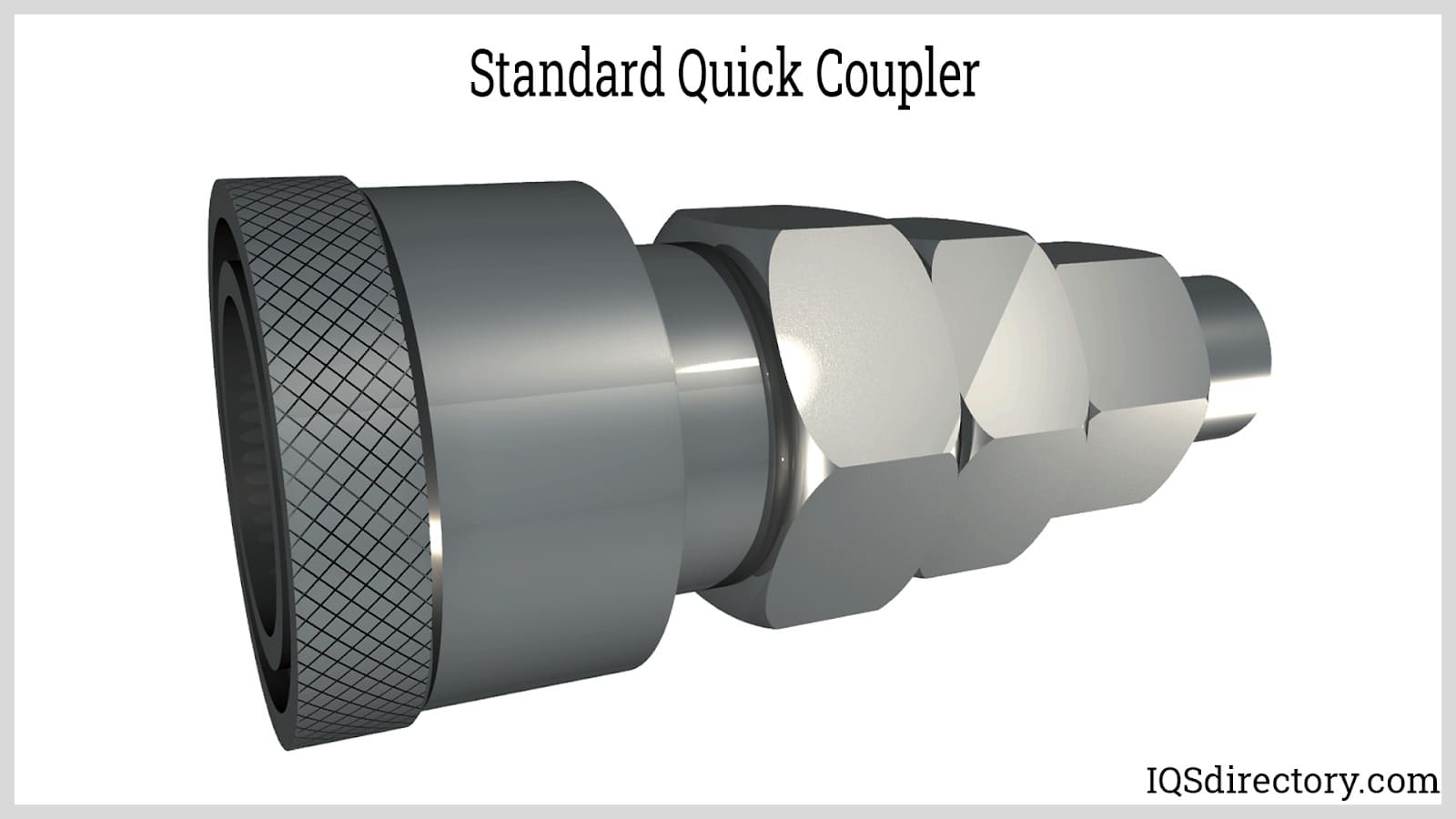
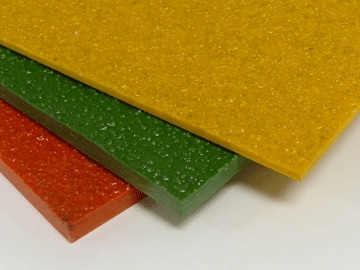 Fiberglass Fabricators
Fiberglass Fabricators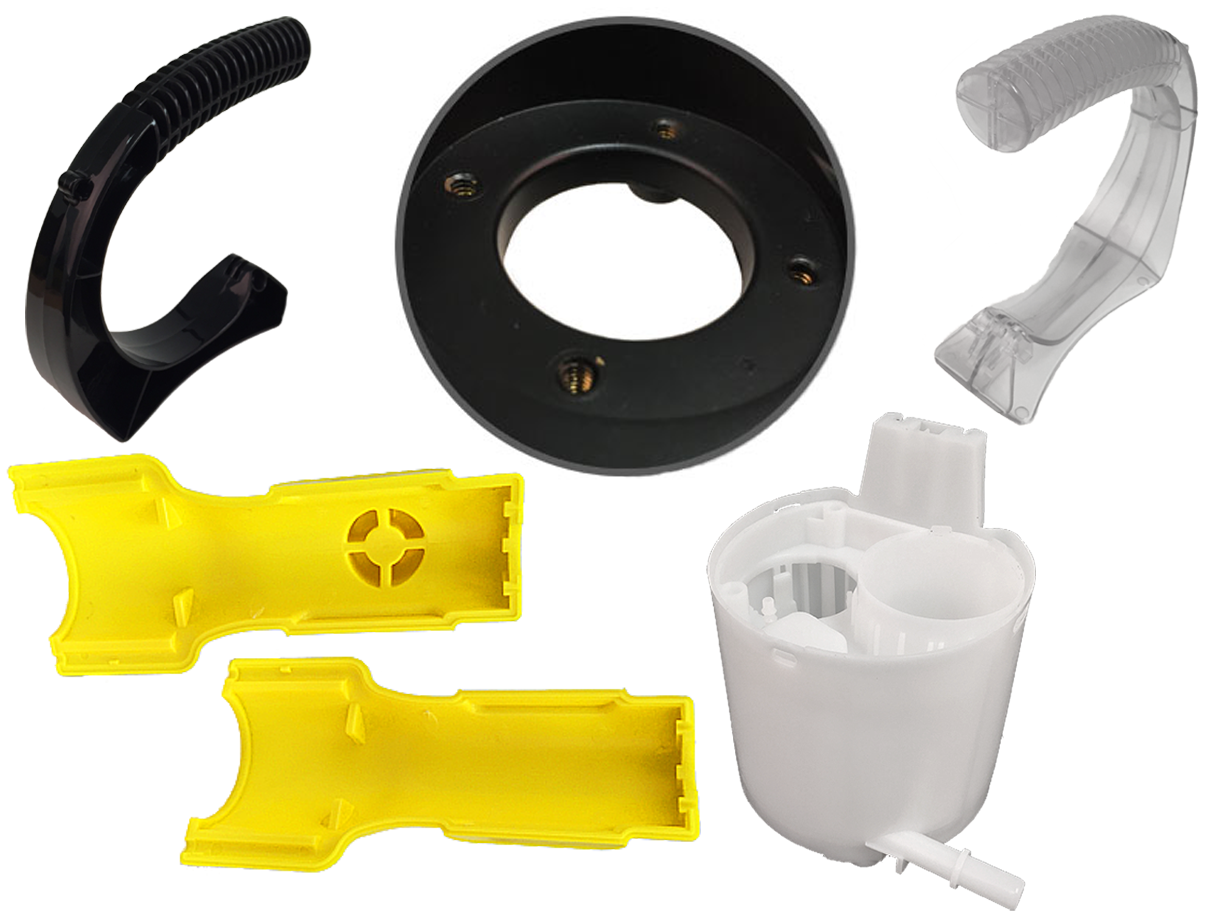 Injection Molded Plastics
Injection Molded Plastics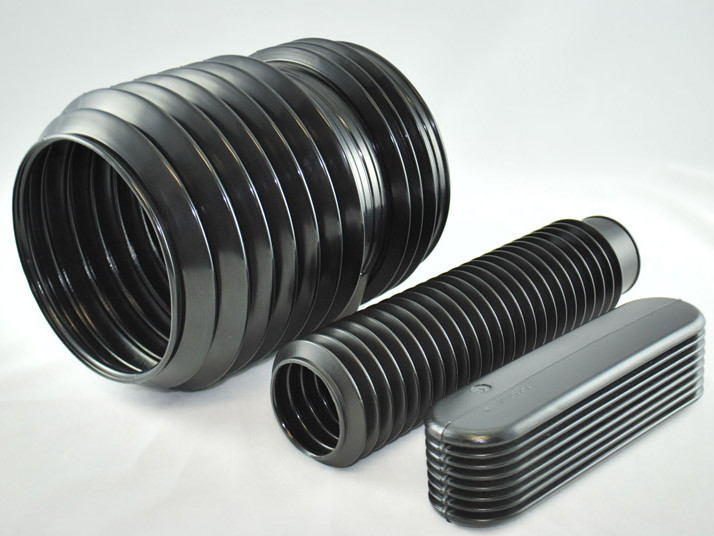 Plastic Blow Molding
Plastic Blow Molding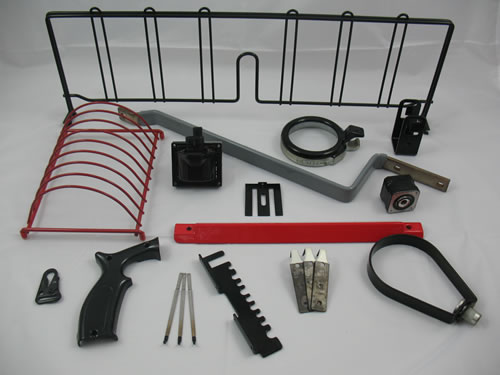 Plastic Dip Molding
Plastic Dip Molding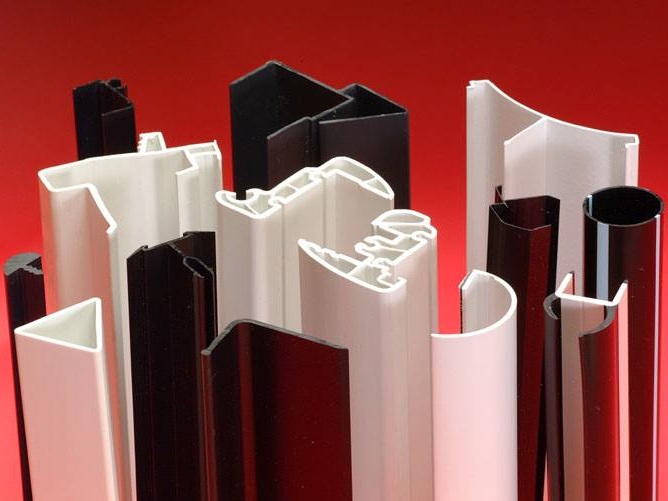 Plastic Extrusions
Plastic Extrusions Plastic Tubing
Plastic Tubing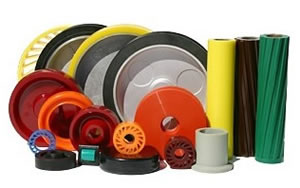 Polyurethane Molding
Polyurethane Molding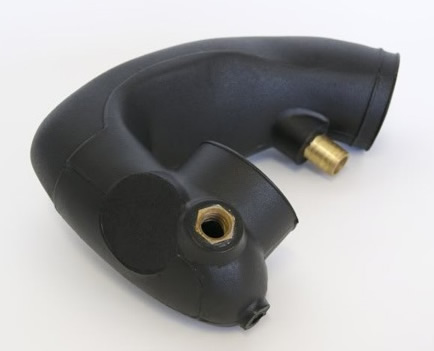 Rotational Molding
Rotational Molding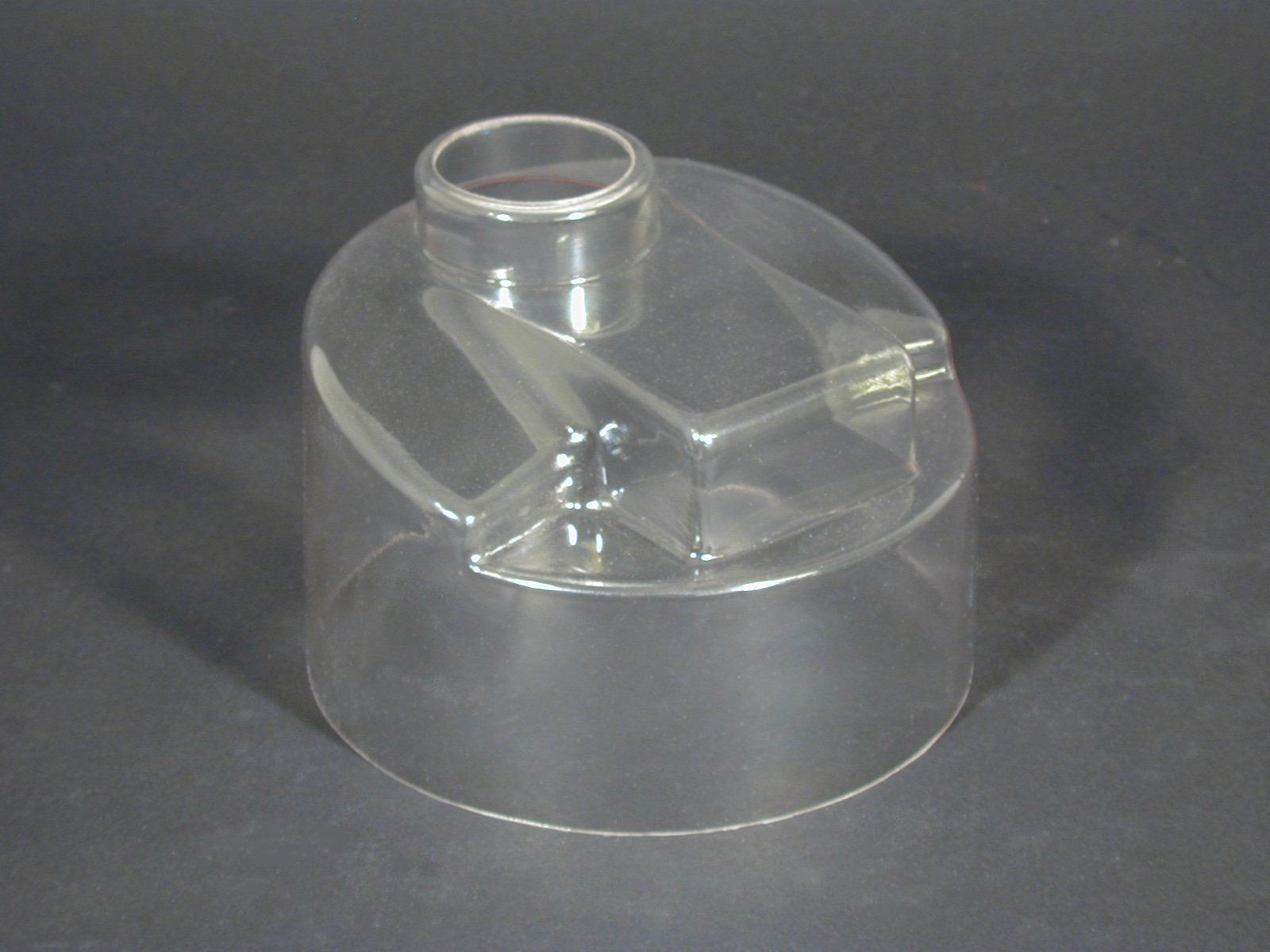 Vacuum Forming
Vacuum Forming Castings & Forgings
Castings & Forgings Bulk Material Handling
Bulk Material Handling Electrical & Electronic Components
Electrical & Electronic Components Flow Instrumentation
Flow Instrumentation Hardware
Hardware Material Handling Equipment
Material Handling Equipment Metal Cutting Services
Metal Cutting Services Metal Forming Services
Metal Forming Services Metal Suppliers
Metal Suppliers Motion Control Products
Motion Control Products Plant & Facility Equipment
Plant & Facility Equipment Plant & Facility Supplies
Plant & Facility Supplies Plastic Molding Processes
Plastic Molding Processes Pumps & Valves
Pumps & Valves Recycling Equipment
Recycling Equipment Rubber Products & Services
Rubber Products & Services